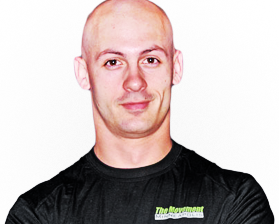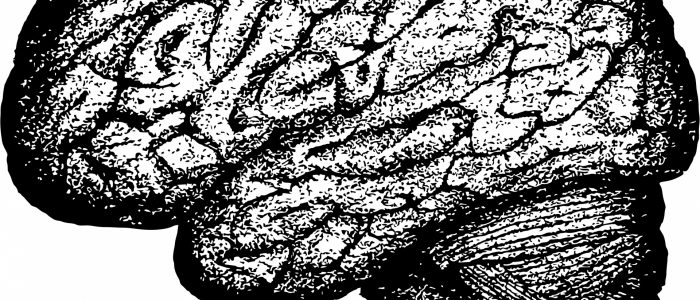
As I mentioned, last week I was at a week-long survival class at Tom Brown Jr’s survival and tracking school in the Pine Barrens of New Jersey. It was an experience that I won’t soon forget and something that I would recommend to almost everyone, with few exceptions. I’ll have more to write about the experience when I have more time to process and digest, it was possibly the most intense education I’ve ever received in a short 6 days, but for now I have one story to share with you. On the Monday, Tom says that after Friday you’ll never look at the ground the same way again. To be honest with you, I thought it was bullshit, and I was wrong.
But let me tell you a little story to illustrate my point.
On the drive home my buddy Dom Matteo and I were riding with another student from the class who needed a ride back to the train station in Philly. At some point in the hour and a half ride he and Dom got to talking about climbing, something Dom is pretty passionate about.
Dom has built a bouldering cave in his basement and his young kids both climb. Having found another climb, Dom excitedly pulled out his phone to show the other guy, Rob, a video of his 3-year old daughter bouldering.
Upon watching the video, Rob exclaimed “Oh, wow!”
Now, this wasn’t just a random shining on about someone’s kid. Rob was able to see something that a regular person, a non-climber, would never see. He was able to appreciate it in a unique and special way.
This general concept is something I’ve written about before, where skills allow you to appreciate more of the world.
This little kid, barely past speaking age, had performed a complex climbing move most climbers don’t even learn right away. And Rob could spot it, and appreciate it, immediately.
I call this “having eyes.” For example I have eyes for movement. I see mistakes and inefficiencies in my clients that a layman would never see. Conversely, I can see the beauty in an athlete’s unique and highly efficient movement. I also have eyes for dozens of other things I’ve invested time into developing.
Circling back to Tom’s exaggerated promise: I now see the natural world in a way that I never could before.
I’m not joking or exaggerating when I tell you that I can find mouse tracks in the forest.
This in turn gives me greater appreciation for every moment I spend in nature. I literally get more out of it. It’s like seeing everything in color when before I only saw black and white. If I had to invest a week to experience more every time I go hiking for the rest my life it was worth many times the investment.
I don’t know about you, but I want to have eyes for as many things as I possibly can. I want to be able to appreciate as much of the world as I possibly can.
Turns out again and again skills are the key to that end.



![What To Do When You Can’t [Part 2]](https://www.dellanave.com/wp-content/uploads/2017/08/4950349054_edd6ebe2f3_b-700x300.jpg)